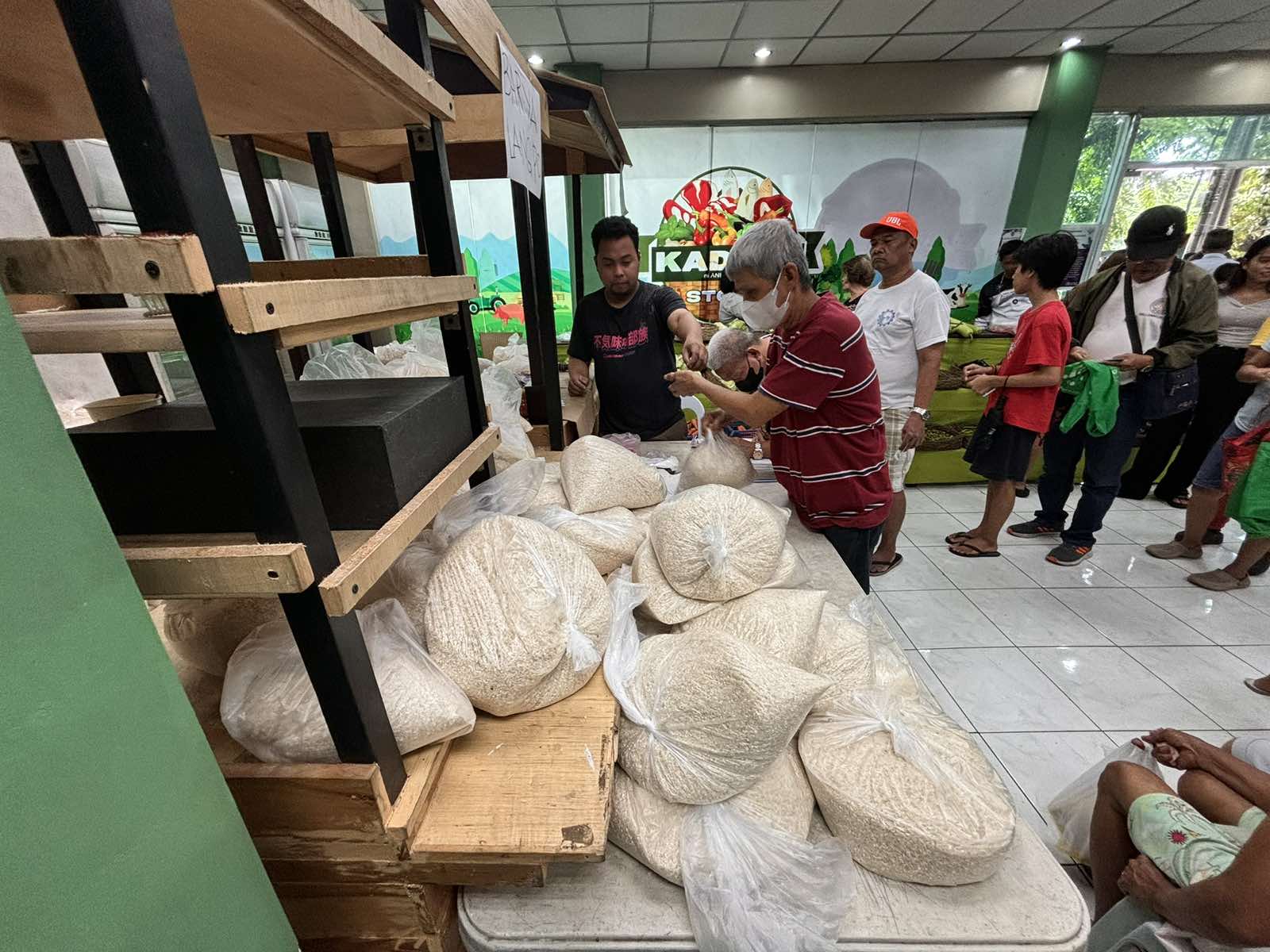
By Stephanie Sevillano | Philippine News Agency
The Department of Agriculture (D.A.) on Wednesday vowed to continue its Rice for All and P29 programs as the number of the beneficiaries of the initiatives reached 135,846 households.
Under the Rice for All program, mixed local and imported commercial well-milled rice will be sold at P45 per kilogram.
Its rollout comes alongside the large-scale trial of the D.A.’s P29 program or the sale of the National Food Authority’s (NFA) rice at P29/kg to the vulnerable sector, including members of the Pantawid Pamilyang Pilipino Program (4Ps), senior citizens, solo parents, and persons with disabilities (PWDs).
The D.A.’s pledge to continue the programs came after these were ranked top or considered as the “most approved” government initiative according to the Publicus Asia PAHAYAG survey of Sept. 15-19, where 82% of respondents approved its launch in line with food security and affordability targets of the Marcos administration.
“So tuloy-tuloy, masaya, at the same time ang challenge [ay] mapanatili natin iyong mga ganitong programa para iyong ating mga kababayan ay lalong magtiwala sa kakayahan ng ating Kalihim (Secretary Francisco Tiu Laurel Jr.) at ng ating Kagawaran,” D.A. Assistant Secretary Arnel de Mesa told the Philippine News Agency in a phone interview.
For the past 13 weeks of its large-scale trials, the P29 program sold around 688 metric tons (MT) or 688,015 kilograms of aging but good NFA rice stocks; while the Rice for All sold around 122 MT or 122,000 kg of well-milled rice and 0.85 MT or 850 kg of premium rice, De Mesa said.
“Patuloy pa rin tayong nakikipag-ugnayan at sa mga susunod na araw; actually ang target ni [Secretary Laurel] is 169 sites additional nationwide. So, paunti-unti na nadadagdagan,” he said.
To date, both programs are already operating in 20 Kadiwa sites in Metro Manila, Central Luzon, and Calabarzon.
De Mesa, meanwhile, assured sustainable sources of stocks for both rice programs considering NFA’s good procurement outcome from farmers, as well as the increasing number of stakeholders wanting to join the Rice for All program.
